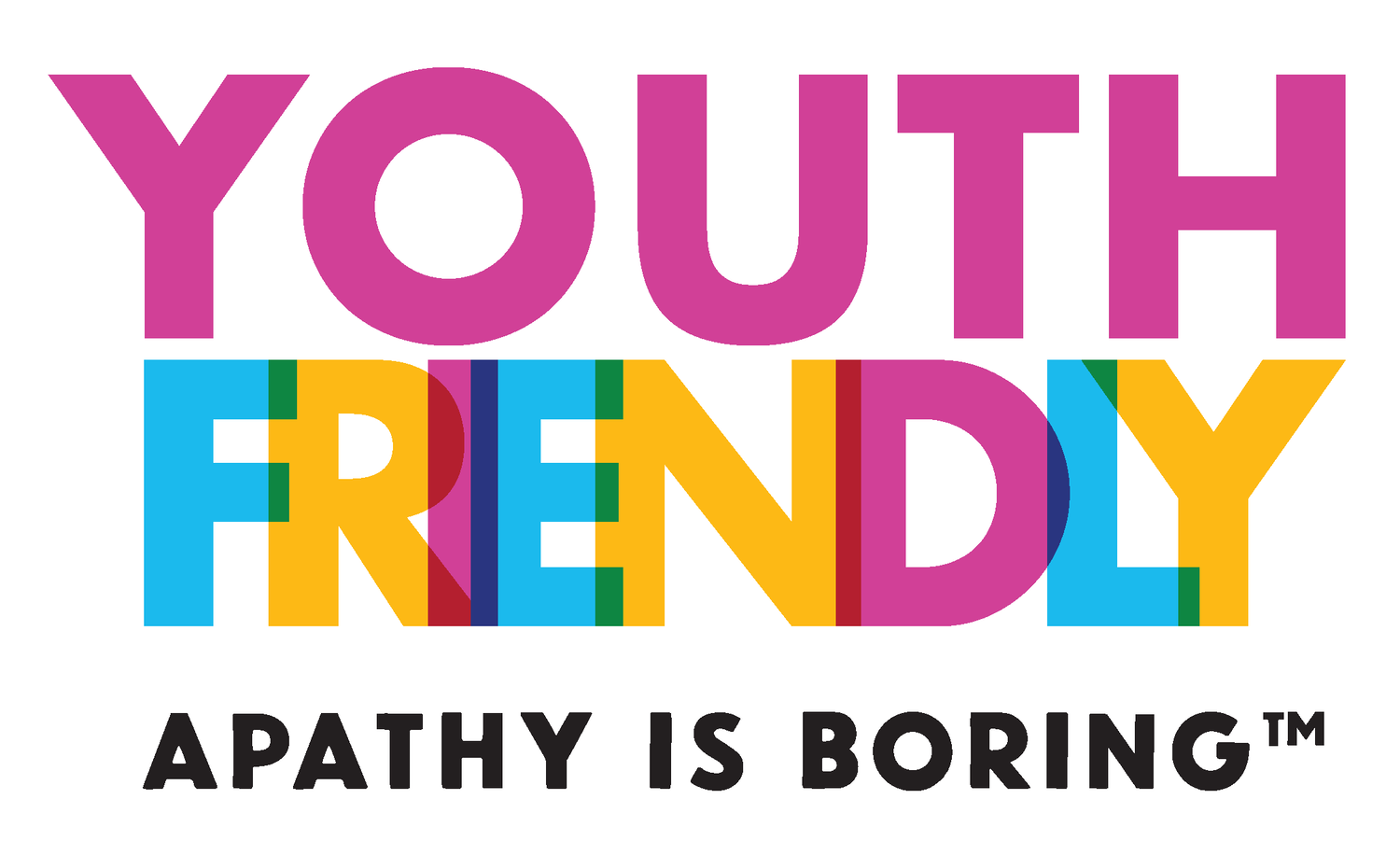HOW TO BE YOUTH FRIENDLY
As youth experts (and youth ourselves), we know the power and value of activating youth in our work. Across all sectors, we depend heavily on the innovation, creativity, and ingenuity of the next generation to not only enliven our work, but to shape and define the world of tomorrow.
This is a tall order, made especially difficult as young people are inheriting an increasingly unstable world. On a global scale, young people are three times as likely as adults (25 years and older) to be unemployed.(1) Worldwide, mental health problems now affect an estimated 700 million people(2) and the World Bank predicts that by 2050, 140 million people may become displaced by the effects of climate change.(3)
Despite this, young people continue to inspire, lead, and organize social movements that call into question the systemic inequalities coursing through our communities and institutions. Young activists across the globe are boosting the climate movement,(4) while Black youth organizing has helped build what may be the largest protest movement in U.S. history(5). An investment in youth, and the change we stand for, is a direct investment towards a brighter, cleaner, and more equitable future.
But what does “investing in youth” truly look like? From our experience working with young people over the last 16 years, it looks like providing meaningful opportunities for leadership development. It looks like giving youth the agency and freedom to make impactful decisions. It looks like sincerely supporting youth at the onset of their careers, without tokenizing them for visibilities sake.
However, it’s imperative to remember that youth are not a monolithic entity, quite the opposite. Young people are diverse, unique, and have distinct needs based on the conditions of their lived experiences. Youth hold multiple social identities, some examples being their race, gender, sexuality, class, and immigration status. These intersecting identities shape their experiences, as well as their ability to access education, resources, and opportunities. Youth who are members of numerous minority groups are not only marginalized from one affiliation, but can feel discounted by more than one identity simultaneously.(6)
The knowledge in this guide should serve as a jumping off point to better understand young people today, their needs, and what drives them, but it’s important to not take a “one size fits all” approach. Remember that youth with intersectional identities face unique challenges that will affect how easily we can access your work.
(1) - International Labour Organization (2020), Global Employment Trends for Youth, 2020. Online.
(2) - World Economic Forum (2019). The Global Risks Report, 2019, 14th Edition. Online.
(3) - International Monetary Fund (2019). The Economics of Climate. Online.
(4) - United Nations Joint Framework Initiative on Children, Youth and Climate Change. (n.d.) Youth in action on climate change: inspirations from around the world. Online.
(5) - Gershon, L.(2020). A Century of Black Youth Activism. Online.
(6) - Saher, F. (2016) “Intersectionality in Programs and Services for Newcomer Youth in Toronto.” Major Research Paper, Ryerson University. Online.Fill out this mini-form to get the full Guide in PDF.

